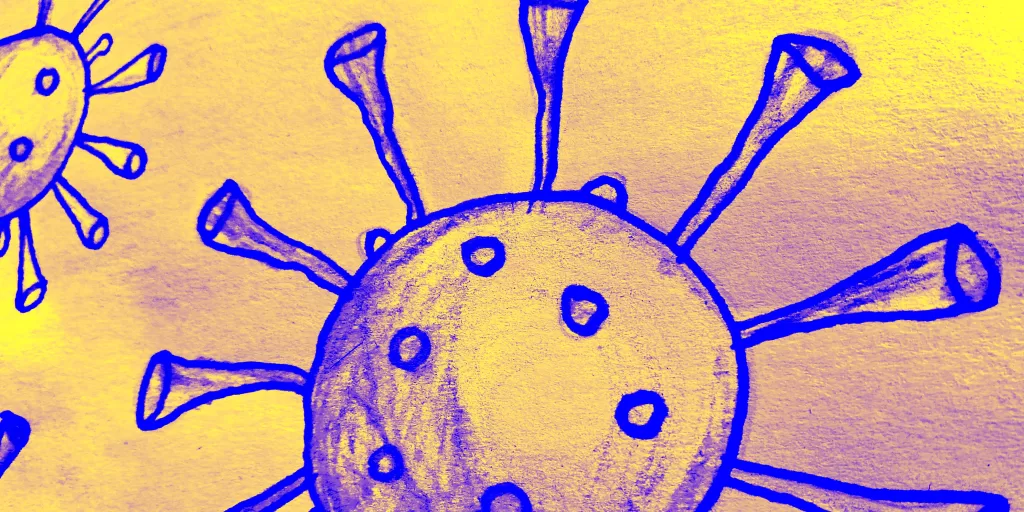Selecting the right vector to achieve efficient and safe gene transfer is a crucial part of cell and gene therapy design.
Genetic therapies aim to treat disease by introducing therapeutic genes into target cells. Ideal gene transfers are non-toxic, efficient and non-immunogenic. Transfers should regulate gene expression tightly, consistently, and achieve long-term expression of transgenes.
Gene therapy uses two types of vectors: viral and non-viral. Viral vectors, derived from viruses, have evolved to infect and manipulate host cells efficiently. In contrast, non-viral vectors, which are not virus-derived, include plasmids and artificial nanoparticles.
The selection of the right vector depends on multiple factors. These include the size limitations for inserting transgenes, the purity and titer of the vector, and its transduction efficiency. Other considerations are the ability to infect dividing and/or quiescent cells, long-term expression of transgenes, and integration into the host genome. Additionally, factors like the need for cell-type specificity or targeted delivery, and concerns about vector-associated toxicity and immunogenicity, play crucial roles.
There are three main therapeutic strategies for gene therapy: direct cell killing, anti-angiogenic, and immunotherapy. Each strategy requires a specific vector to achieve optimal results.
Direct cell killing is what it sounds like: therapies attack the cells of a tumor. Researchers can achieve this by delivering genes that are cytotoxic to the cell or through oncolysis induced by a bacterial vector. Oncolytic vectors spread through tumor tissue, and their infection causes cancer cell death. Researchers can also deliver cytotoxic genes via bacterial vectors to mediate expression of agents toxic to the host cell.
Anti-angiogenic therapy aims to stop the formation of new capillary blood vessels from existing microvessels to prevent tumor growth. This strategy requires a vector that can deliver genes that can block angiogenesis and induce tumor regression.
Immunotherapy aims to kill the tumor cell by activating the immune system. This strategy uses gene therapy to induce tumor cells to upregulate cytokines that attract and enhance the anti-tumor activity of lymphocytes. DNA vaccination can also target the immune system’s tolerance to specific antigens expressed on particular tumor cells.
Researchers select oncolytic viruses and bacteria for gene therapy due to their unique features. Oncolytic viruses are able to infect and lyse tumor cells beyond stimulating the immune system to combat the disease. They can identify, infect, and break apart different cells in the tumor environment, aiming to stabilize and decrease tumor progression. Oncolytic viruses present a natural tropism to cancer cells or can be genetically oriented to identify specific targets.
Researchers are already using multiple oncolytic viruses, which are common viruses, such as herpes simplex virus, adenovirus, and Coxsackievirus, that have been adapted to infect cancer cells without impact to surrounding healthy cells. Individual viruses have different clinical applications in cancer treatment. For example, herpes simplex virus has shown efficacy in treating melanoma, whereas adenovirus has shown efficacy in treating prostate and breast cancer.
Oncolytic bacteria, on the other hand, though less commonly used in gene therapy, offer some advantages over oncolytic viruses. These bacteria are cheaper to manufacture and can carry a larger payload compared to viral vectors, making them a practical and cost-effective alternative. The bacteria also have inherent safety properties, given established and readily-available antibiotic treatments, which enables control post-administration.
Anti-angiogenic therapy stops the growth of tumors by inhibiting the formation of new capillary blood vessels from existing micro-vessels. Tumors require nutrients and oxygen to grow and spread, and new blood vessels are essential for their survival. By blocking the formation of new blood vessels, anti-angiogenic therapy can starve a tumor and limit its growth.
Immunotherapy activates or enhances the immune system’s natural ability to fight tumors. Tumor cells secrete immune suppressive factors, such as cytokines, which are small proteins that are important in cell signaling. While some cytokines can stimulate immune responses, others can have suppressive effects. In the context of cancer, certain cytokines released by tumor cells or the surrounding stromal cells can dampen the immune response. This helps the tumor to evade immune surveillance and grow more effectively.
Among immunotherapy’s various approaches is DNA vaccination. This involves administering vaccines that target the immune system’s tolerance to specific antigens found on cancer cells, prompting the immune system to recognize and attack cells displaying them. Another advanced approach is gene therapy. Instead of introducing antigens, gene therapy involves modifying specific genes to either boost the immune response against cancer cells or alter the cancer cells themselves, making them more detectable and susceptible to immune attack.



